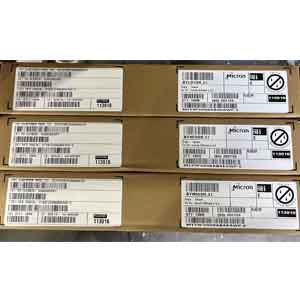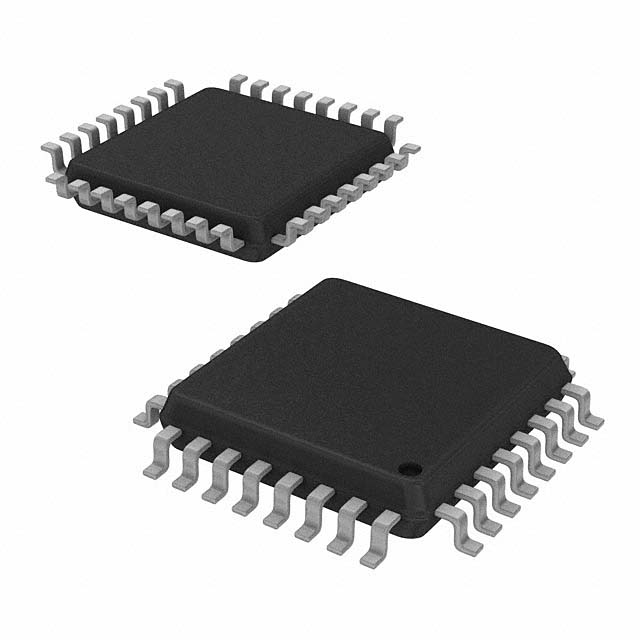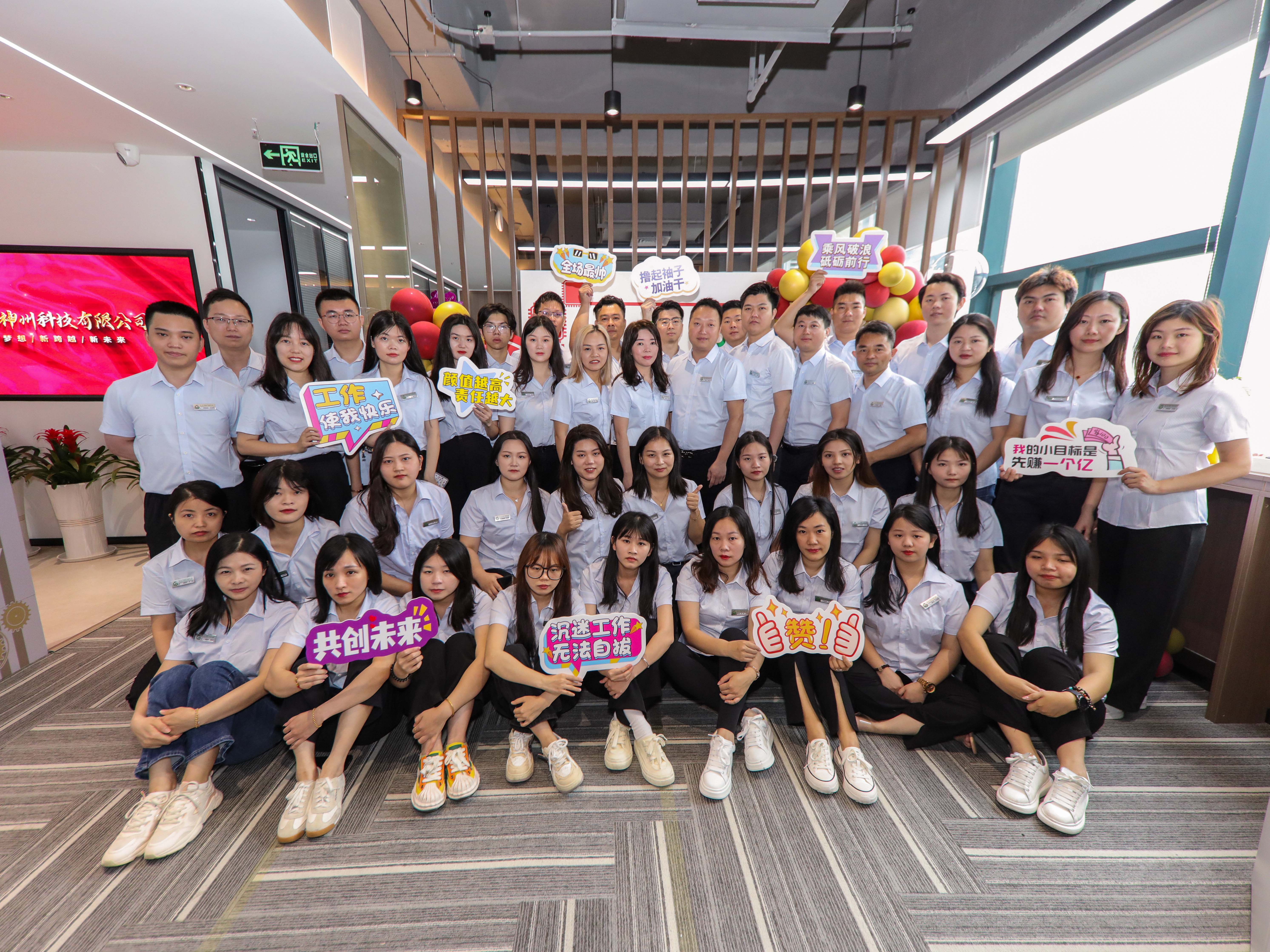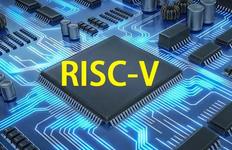Smart sensors have the ability to automatically zero, calibrate, compensate, and collect data. Its ability determines that the intelligent sensor also has higher precision and resolution, higher stability and reliability, better adaptability, and also has a very high cost performance compared to traditional sensors.
The intelligent sensor can process the raw data internally, and can exchange data with the outside world through a standard interface, and change the work of the sensor through software control according to actual needs, so as to achieve intelligence and networking. Due to the use of standard bus interface, the intelligent sensor has good openness and scalability, which brings a lot of development space to the expansion of the system.
The structure of the smart sensor
The intelligent sensor system is mainly composed of sensors, microprocessors and related circuits. The sensor converts the measured physical and chemical quantities into corresponding electrical signals, which are sent to the signal modulation circuit, and then sent to the microprocessor after filtering, amplification, and A/D conversion.
After the microprocessor calculates, stores, and analyzes the received signal, on the one hand, the sensor and the signal conditioning circuit are adjusted through the feedback loop to realize the adjustment and control of the measurement process; on the other hand, the processing result is transmitted to the The output interface, after being processed by the interface circuit, outputs the digitized measurement results according to the output format and interface customization. The microprocessor is the core of the intelligent sensor, because the microprocessor gives full play to the functions of various software, makes the sensor intelligent, and greatly improves the performance of the sensor.
Features of Smart Sensors
High precision
The intelligent sensor can remove the zero point through automatic zero calibration, automatically perform overall system calibration, nonlinear correction of system errors such as real-time comparison with the standard reference benchmark, collect a large amount of data in real time for analysis and processing, eliminate the influence of accidental errors, and ensure the high precision of the intelligent sensor.
High reliability and high stability
The intelligent sensor can automatically compensate for the drift of system characteristics caused by changes in working conditions and environmental parameters, such as the drift of zero and sensitivity caused by fluctuations in ambient temperature and system power supply voltage; Carry out system self-inspection, analysis, and judge the rationality of the collected data, and automatically carry out emergency treatment of abnormal situations.
High signal-to-noise ratio and high resolution
Because the intelligent sensor has the functions of data storage, memory and information processing, through digital filtering and other related analysis and processing, the noise in the input data can be removed, and useful data can be automatically extracted; through data fusion and neural network technology, it can eliminate the cross-sensitivity in the multi-parameter state Impact.
Strong adaptability
The intelligent sensor has the functions of judgment, analysis and processing. It can decide the power supply of each part and the data transmission rate of the high/upper computer according to the working conditions of the system, so that the system can work in the optimal low power consumption state and optimize the transmission efficiency.
Higher cost performance
The high performance of smart sensors is not obtained by pursuing the perfection of the sensor itself, carefully designing and debugging all aspects of the sensor, and crafting "handicraft" like traditional sensor technology. The combination of microprocessor/microcomputer is realized by using cheap integrated circuit technology and chips and powerful software, so it has a high performance-price ratio.
Key Features of Smart Sensors
The function of the smart sensor is proposed by simulating the coordinated actions of human senses and brain, combined with long-term research and practical experience of testing technology. It is a relatively independent intelligent unit. Its appearance reduces the harsh requirements of the original hardware performance, and relies on the help of software to greatly improve the performance of the sensor.
Smart sensors can often achieve the following functions:
1. Compound sensitive function
Smart sensors have composite functions, which can measure various physical and chemical quantities at the same time, and provide information that can comprehensively reflect the laws of matter motion.
2. Adaptive function
By employing adaptive techniques, the life of a device or device can be extended. It also expands its field of work, as it can automatically adapt to different environmental conditions.
3. Self-check, self-calibration and self-diagnosis functions
The self-diagnostic function performs a self-test at power-on, a diagnostic test to determine whether a component is faulty. It can be calibrated online according to the time of use, and the microprocessor uses the measurement characteristic data stored in the E2PROM for comparison and proofreading.
4. Information storage function
Information is often the key to success, and smart sensors can store a large amount of information that users can query at any time. Such information may include historical information of the device.
5. Data processing function
Data processing is a very important task, and smart sensors themselves provide that capability. Smart sensors can not only amplify the signal, but also digitize the signal, and then use software to achieve signal conditioning. The smart sensor's emblem controller makes it easy for users to add, subtract, multiply, and divide multiple signals.
6. Configuration function
The flexible configuration function greatly reduces the user's need to develop and replace the necessary different sensor types and numbers. Using the configuration function of the smart sensor can make the same type of sensor work in the best state, and can do different work in different occasions.
7. Digital communication function
Since smart sensors can generate a large amount of information and data, a single connection of ordinary sensors cannot provide the necessary input and output for the data of the device. However, it is not possible to use a lead for each message, because this will make the system very complex. Therefore it requires a flexible serial communication system.
The way to realize smart sensor
At present, the realization of smart sensors is carried out along three paths of sensor technology development:
a. Using computer synthesis, that is, intelligent synthesis;
b. Utilize special functional materials, namely smart materials;
c. Utilize functionalized geometric structures, i.e. smart structures.
Intelligent synthesis is the combination of sensor device and microprocessor, which is the main way at present.
According to the synthesis method of the sensor and the computer, the current sensing technology adopts the following three specific ways to realize the intelligent sensor.
1. Non-integrated modular approach
Non-integrated intelligent sensor is an intelligent sensor system composed of traditional basic sensor, signal conditioning circuit and microprocessor with digital bus interface as a whole. This kind of non-integrated intelligent sensor is developed rapidly under the impetus of the development of field bus control system.
2. Integrated realization
This kind of intelligent sensor system adopts micromachining technology and large scale integrated circuit technology, uses silicon as basic material to make sensitive element, signal conditioning circuit and microprocessor unit, and integrates them on a chip. The integration realizes the miniaturization and structural integration of the smart sensor, thereby improving the accuracy and stability.
3. Hybrid implementation
Implementing a smart sensor system on a single chip presents many intractable challenges. According to the need and possibility, each integrated link of the system (such as sensitive unit, signal conditioning circuit, microprocessor unit, digital bus interface) can be integrated on two or three chips in different combinations, and installed in a shell. inside.
Development and Trend of Intelligent Sensor Technology
1. Development towards high precision
With the improvement of automated production, the requirements for sensors are also increasing. New sensors with high sensitivity, high accuracy, fast response and good interchangeability must be developed to ensure the reliability of production automation.
2. Development towards high reliability and wide temperature range
The reliability of the sensor directly affects the anti-interference and other performance of electronic equipment. It will be a permanent direction to develop sensors with high reliability and wide temperature range. The development of sensors from emerging materials such as ceramics will be promising.
3. Development towards miniaturization
The functions of various control instruments and equipment are getting stronger and stronger, and the smaller the volume of each component is required, the smaller the sensor itself is, the better. This requires the development of new materials and processing technologies. At present, the volume of sensors made of silicon materials is already small.
4. Towards micro-power consumption and passive development
Sensors are generally the conversion of non-electricity to electricity, and the power supply is inseparable when working. In the field or in places far away from the power grid, they are often powered by batteries or solar energy. It is inevitable to develop sensors with micro-power consumption and passive sensors. Development direction, which can save energy and improve system life.
5. Towards intelligent digital development
With the development of modernization, the function of the sensor has broken through the traditional function. Its output is no longer a single analog signal (such as 0~10mV), but a digital signal processed by a microcomputer, and some even have control functions. This is called a digital sensor.
6. Development towards networking
Networking is an important direction of sensor development, and the role and advantages of the network are gradually emerging. Network sensors will certainly promote the development of electronic technology.






















